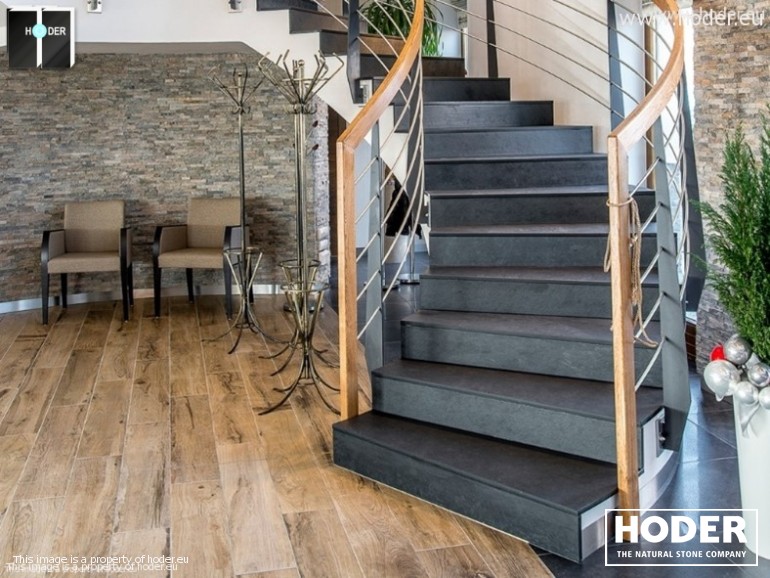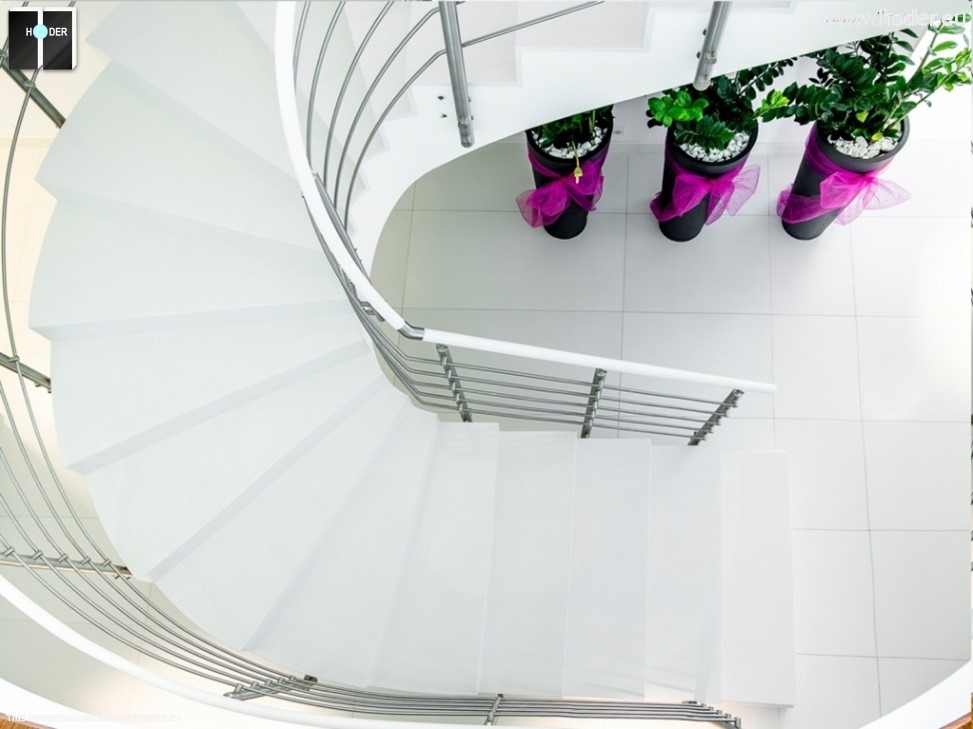LAYING STONE STAIRS – SPECIFICATIONS

WE RESPECT YOUR PRIVACY
We use cookies to ensure the proper functioning of the website, and if you agree, also for marketing and advertising purposes. We use cookies in accordance with our Privacy Policy.
You can specify the conditions for storing or accessing cookies in your browser. The administrator of your data is Hoder Sp.k. More about more about storing cookies

When constructing both exterior and interior stairs, a range of materials can be employed. However, natural stone remains a popular choice. The decision to use such a material is primarily guided by its high resistance to mechanical damages. Stairs aren't just decorative features of a home; they're also integral structural elements. So, what factors should be considered when choosing the right material?
Stone stairs are becoming increasingly popular. Natural stone lends a refined touch to any space, adding uniqueness and seamlessly complementing any decor. It's also the top pick for those expecting resilience and longevity over the years. However, to achieve the desired effect, proper installation precision is crucial. All technical aspects of the installation must be taken into account. Essential are the right preparation of the surface and stone, as well as its professional laying, gluing, and grouting. Depending on whether you're constructing indoor or outdoor stairs, the right type of material should be chosen. For instance, not all stones are frost-resistant. It's advisable to engage experts who specialize in crafting stone stairs. Incorrect installation can lead to damages or diverse discolorations.
Stone is among the most versatile building materials. Stairs made from it aren't just aesthetically pleasing but also durable and safe for daily use. Another significant advantage of stone is its ability to match various interior designs, be it modern or classic.
Stone stairs can be made from materials such as:
• Granite
• Marble
• Quartzite
For exterior stairs, priority should be given to durability-related aspects. Given that stairs are exposed to the elements, opting for a rough texture can prevent potential slips. Meanwhile, when choosing materials for interior stairs, aesthetics and ease of cleaning can be prioritized.
Granite and marble are the most sought-after. Granite stairs are exceptionally long-lasting. This stone is considered one of the toughest natural materials, making it perfect for both indoors and outdoors. Its non-porous nature makes it highly resistant to moisture and sunlight. Even with intense usage, the stair's outer coating won't wear out or get scratched.
Marble can also be utilized for stone stairs. Although its durability parameters slightly differ from granite, proper care is essential. Sealing can be beneficial as it effectively protects the marble surface.

Building stairs may seem straightforward given their simple structure. However, proper preparation of all components is crucial. Oversights in this stage can result in various issues, rendering the stairs unusable. For exterior stairs, ground preparation is especially significant as they're often directly built upon it. There are several methods to perform this task. It's recommended to start by creating a foundation for the stairs, which should be below ground level. This foundation should be sturdy and not permanently attached to the house's structure. Properly constructed stone stairs, set on an adequately prepared base, ensure longevity and comfortable use.